Pinakin Technology Solution is a leading Air Pollution Control System Suppliers in India. We are engaged in supplying highly advanced Air Pollution Control System across globe at most affordable prices. Pinakin is a certified air pollution control offered by us. An Air Pollution Control System is very necessary in the current Industrial scenario due to strict compliance standards, increased enforcement, and uplifted community pressure. Air pollution is a type of environmental pollution that affects the atmosphere and is usually due to smoke from Industries or other harmful gases, mainly oxides of carbon, sulphur and nitrogen. We have a team of experienced professionals having huge practical experienced in dust assortment for a combination of employments that include Steel Plant, foundries, pharmaceutical, metal granulating, composites, wood working, buffing and polishing, blasting, welding fume, Ceramic, chemical mixing and handling (wet or dry), and so on. We plan our own specific frameworks, provide and install a variety of collection units with custom engineered ducting systems.
Our products range from flue gas scrubbers for power stations to complex flue gas cleaning systems for Energy-from-Waste plants. Thanks to a wide product portfolio, innovativeness in engineering and long experience in executing projects, PINAKIN has the right solution to meet all environmental and financial goals.
Plant operators have used combustion flue gas analysis for decades as a method of optimizing boiler combustion fuel/air ratios. By measuring the amount of excess oxygen and/or carbon monoxide (CO) in the flue gases, the plant can be tuned to operate at the best heat rate and lowest nitrogen oxide (NOx) levels. Operation at best efficiency also inherently produces the least amount of carbon dioxide (CO2). This article presents considerations for sensor selection and placement in the furnace to maximize performance and balance furnace operation.
Before discussing sensors and their application, some discussion of combustion essentials is required.
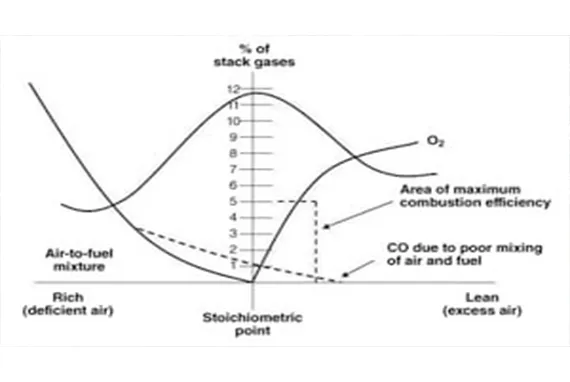
The theoretical ideal, or stoichiometric combustion, occurs when all of the fuel is reacted with just the right amount of oxygen in the combustion air so that no fuel is left unburned and no oxygen (O2) remains in the flue gas . Any air that is not used to combust the fuel is called "excess air."
1) Jet Venturi Fume Scrubber : Effective at removing noxious gases, particulates, odors, fumes and dusts from gas streams and are better able to cope with the high temperatures and heavy contaminant loads, than other scrubbers – no fan usually needed.
2) Vent Gas Scrubber System : Compact, light-weight and easy-to-install unit designed for economical and effective control of pollution from low volume sources.
3) High Energy Venturi Scrubber System : Designed to remove fine micron and submicron particulate from industrial and commercial effluent gases.
4) Packed Tower Gas Scrubber : Provides most efficient removal and absorption of noxious gases, performs best when gases to be handled are free of particles.
5) Packaged Scrubber : Includes recycle pump, instruments, piping as required to suit customer’s needs, eliminating the burden of system design.
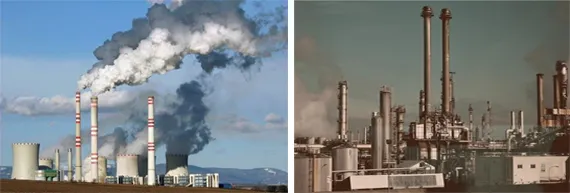
Global greenhouse gas emissions continue to rise, at a time when they need to be rapidly falling.
To effectively reduce emissions we need to know where they are coming from – which sectors contribute the most? How can we use this understanding to develop effective solutions and mitigation strategies? Below we look at the breakdown of emissions – total greenhouse gases, plus carbon dioxide, methane and nitrous oxide individually – by sector.
Incineration is a waste treatment process that involves the combustion of organic substances contained in waste materials. Incineration and other high-temperature waste treatment systems are described as "thermal treatment". Incineration of waste materials converts the waste into ash, flue gas and heat. The ash is mostly formed by the inorganic constituents of the waste and may take the form of solid lumps or particulates carried by the flue gas. The flue gases must be cleaned of gaseous and particulate pollutants before they are dispersed into the atmosphere. In some cases, the heat that is generated by incineration can be used to generate electric power.
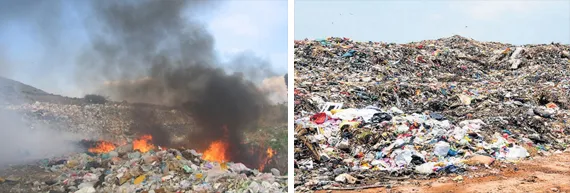
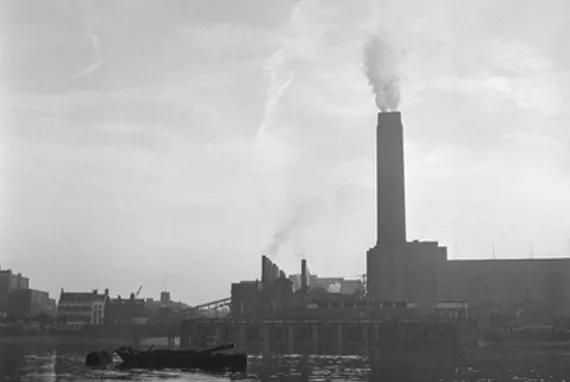
Incineration is a waste treatment process that involves the combustion of organic substances contained in waste materials. Incineration and other high-temperature waste treatment systems are described as "thermal treatment". Incineration of waste materials converts the waste into ash, flue gas and heat. The ash is mostly formed by the inorganic constituents of the waste and may take the form of solid lumps or particulates carried by the flue gas. The flue gases must be cleaned of gaseous and particulate pollutants before they are dispersed into the atmosphere. In some cases, the heat that is generated by incineration can be used to generate electric power.
Flue-gas desulfurization is a set of technologies used to remove sulfur dioxide from exhaust flue gases of fossil-fuel power plants, and from the emissions of other sulfur oxide emitting processes such as waste incineration.
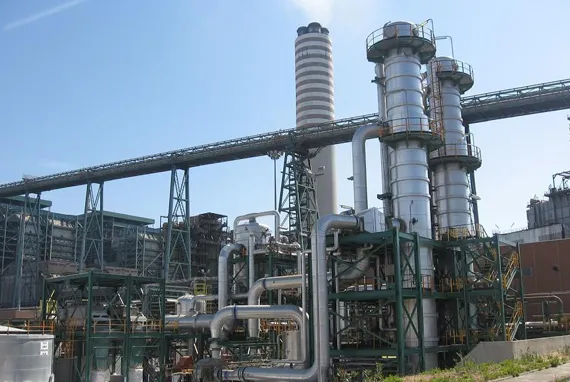
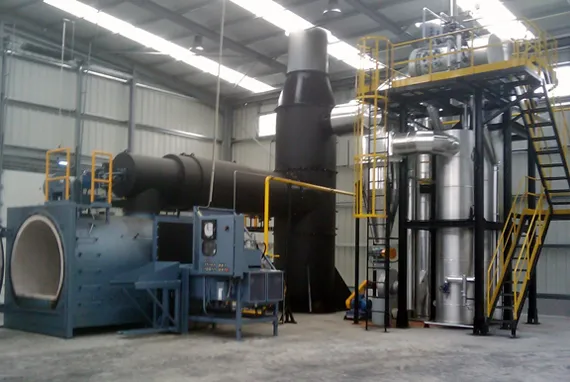
Incineration is a waste treatment process that involves the combustion of organic substances contained in waste materials. Incineration and other high-temperature waste treatment systems are described as "thermal treatment". Incineration of waste materials converts the waste into ash, flue gas and heat. The ash is mostly formed by the inorganic constituents of the waste and may take the form of solid lumps or particulates carried by the flue gas. The flue gases must be cleaned of gaseous and particulate pollutants before they are dispersed into the atmosphere. In some cases, the heat that is generated by incineration can be used to generate electric power.
Coke and coke by-products, including coke oven gas, are produced by the pyrolysis (heating in the absence of air) of suitable grades of coal. The process also includes the processing of coke oven gas to remove tar, ammonia (usually recovered as ammonium sulfate), phenol, naphthalene, light oil, and sulfur before the gas is used as fuel for heating the ovens. This document covers the production of metallurgical coke and the associated by-products using intermittent horizontal retorts.
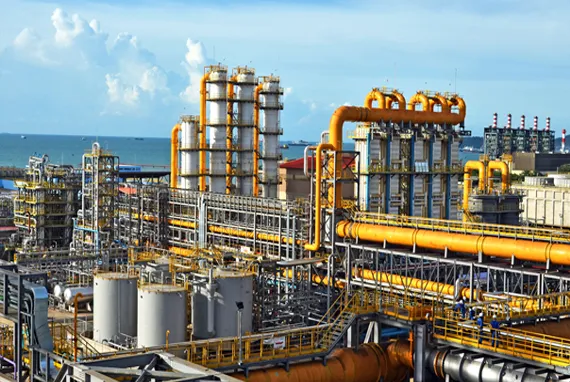
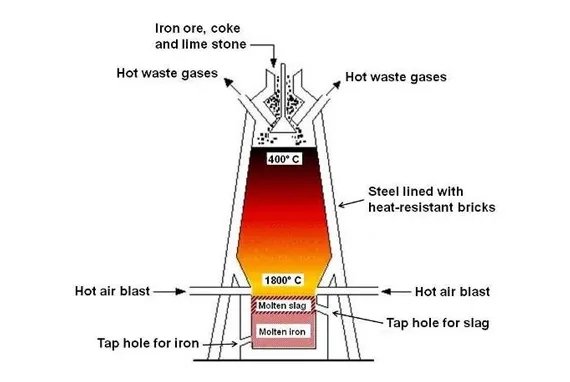
the waste gas from blast furnaces; mainly the products of the incomplete combustion of carbon. Its chemical composition during the smelting of cast iron on coal coke is 12–20 percent carbon dioxide, 20–30 percent carbon monoxide, up to 0.5 percent methane, 1–4 percent hydrogen, and 55–58 percent nitrogen.
HCL Ammonia NH3, CL3, SCS, CS3, Methyl methacrylate, Ethyl Methacrylate, HF etc. for Gas Cleaning
The bottom line. Mixing bleach and ammonia can be deadly. When combined, these two common household cleaners release toxic chloramine gas. Exposure to chloramine gas can cause irritation to your eyes, nose, throat, and lungs.
When a vapour balance is to be used by returning inert gas displaced from the ... suction to complete the discharge, and before commencing tank cleaning.
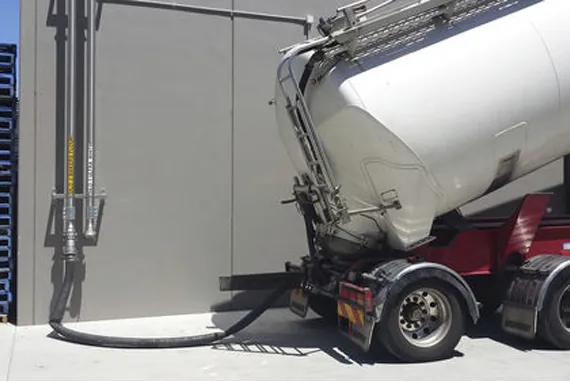
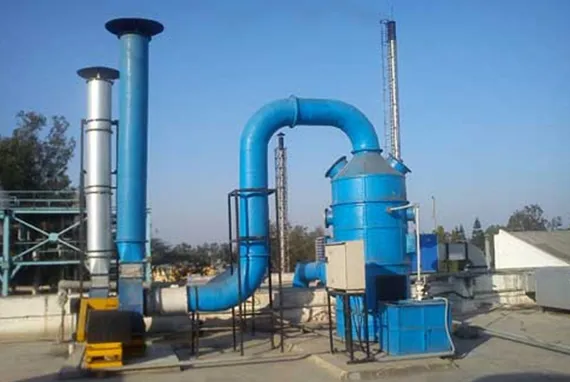
A scrubber or scrubber system is a system that is used to remove harmful materials from industrial exhaust gases before they are released into the environment.
Process engineering is the understanding and application of the fundamental principles and laws of nature that allow us to transform raw material and energy into products that are useful to society, at an industrial level.
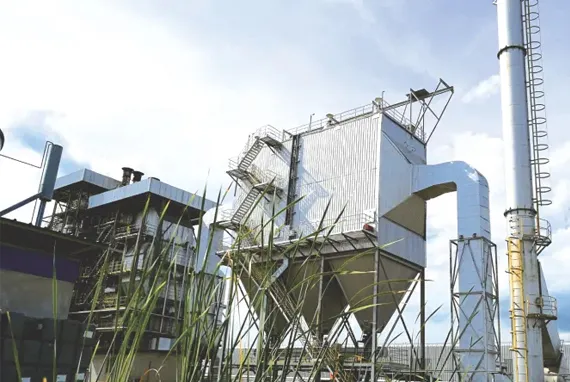
An electrostatic precipitator is a filtration device that removes fine particles, like dust and smoke, from a flowing gas using the force of an induced electrostatic charge minimally impeding the flow of gases through the unit.
A precipitator is designed specifically for an ash produced by coal containing a certain amount of sulfur; if coal with different sulfur content is burned, the efficiency will vary. A coal with lower sulfur content may give satisfactory separation when the flue-gas temperature is increased. For corrosive gases and particles, the shell interior must be made of corrosion-resistant materials, such as lead for sulfuric acid mist and tile block for paper mill salt cake.